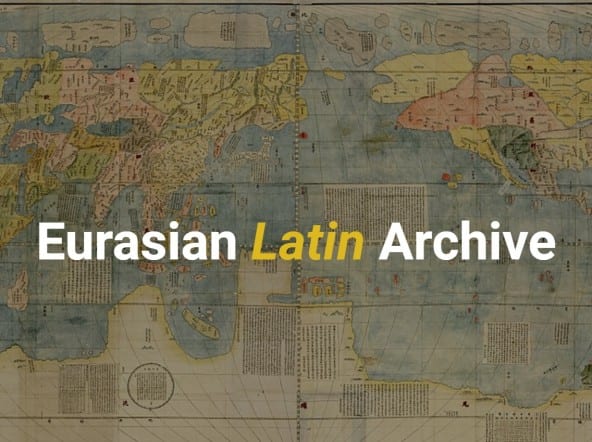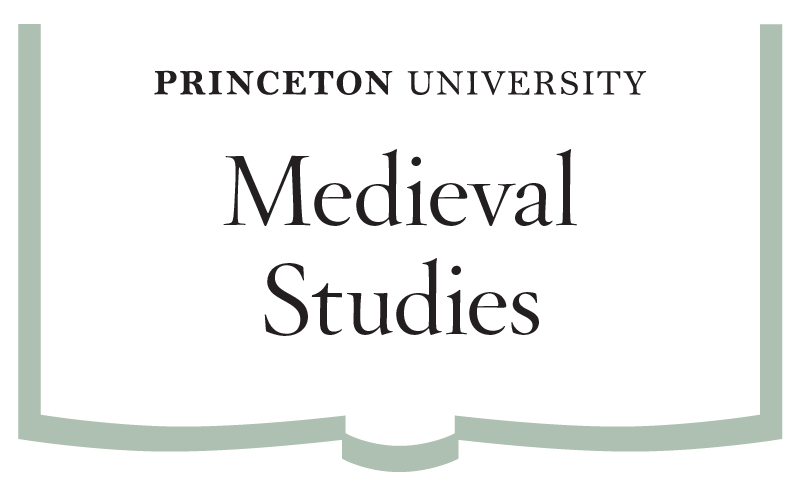
Medieval and Early Modern Global Latin: the Eurasian Latin Archive
Francesco Stella Università di Siena
February 28, 2020 · 12:00 pm—1:30 pm · 161 East Pyne
Department of Classics; Near Eastern Studies; Program in Medieval Studies

Latin texts concerning East Asia in the late Middle Ages and early Modern period, written by merchants, explorators, missionaries, are a research subject of the Siena Center for Comparative Studies named after the medievalist and Koreanist I Deug-Su. This project focuses on the international language that Latin was as a privileged material to analyze for illuminating cultural transfer. Antoine Meillet reminded that « Jusqu’au seuil de l’époque moderne quiconque a pensé n’a pensé qu’en latin. Les mêmes maîtres ont enseigné d’un bout à l’autre de l’Europe, de l’Espagne et de la France jusqu’à la Pologne, de la Scandinavie à la Sicile; les étudiants ont voyagé d’un pays à l’autre; les mêmes livres ont été lus. L’Occident a été pendant plus de mille ans le domaine de l’unité intellectuelle ». Some years ago Françoise Waquet masterfully demonstrated in her The Empire of a Sign how much Latin was the most recognizable mark of European identity, according to the Polish motto Europe ends where Latin ends and Diderot’s word Latin is the European scholars’ language or, as Leibniz wrote, the lingua Europaea universalis et durabilis. But it was not really « just » Europe ! On the contrary, current researches and handbooks such as Leonhardt Latein. Geschichte einer Weltsprache and Korenjack Geschichte der neulateinischen Literatur underlined the wide diffusion of Latin outside Europe, and one of the merits of their overviews is that they enhance the cultural role of the scientific and religious literature, such as the so called late or baroque scholasticism, the treatises of mathematics, hydraulics, natural sciences and science theory, the Jesuit-theater, and so on. Such an enlargement of scope completely changes the panorama of a history of Latin as a cultural language.
And this was not exclusively the colonial history of an Imperial culture. As Yasmik Haskell recently wrote, « Latin and its meanings were regularly contested, negotiated, locally appopriated, and sometimes cunningly subverted in the early modern period. There are, in short, plenty of other stories to be told about Latin since the Renaissance […] First, there are the stories in the Latin voices of others, of marginal European, women (european and non-European), indigenous and colonial peoples, and even slaves. These may be fruitfully compared and contrasted with stories in Latin about others”.












